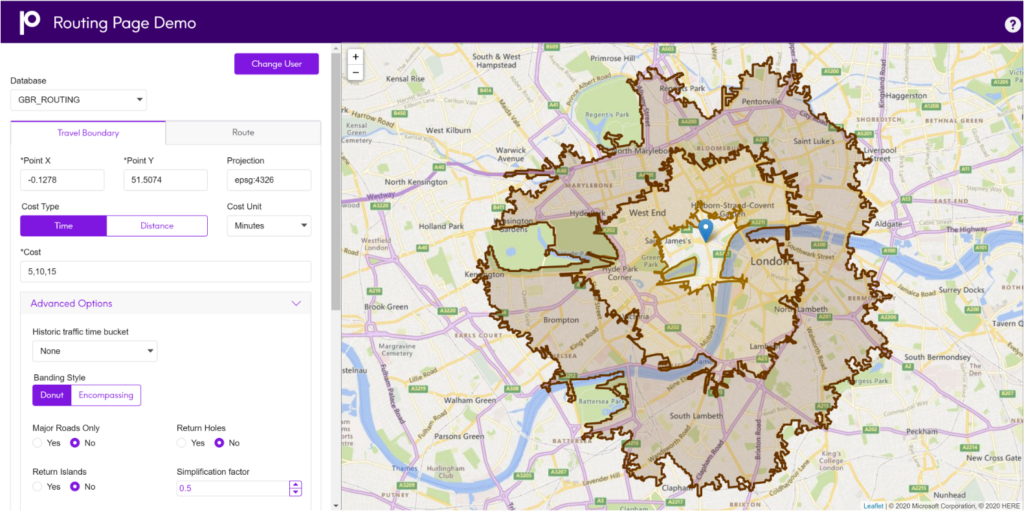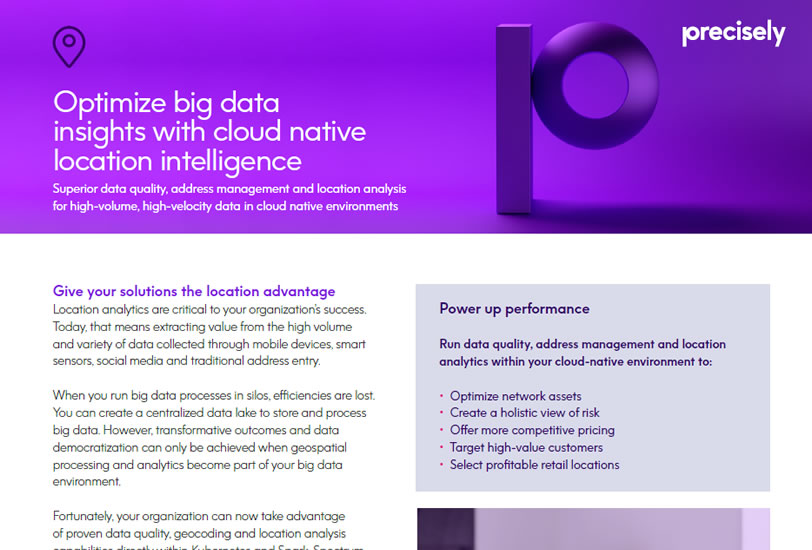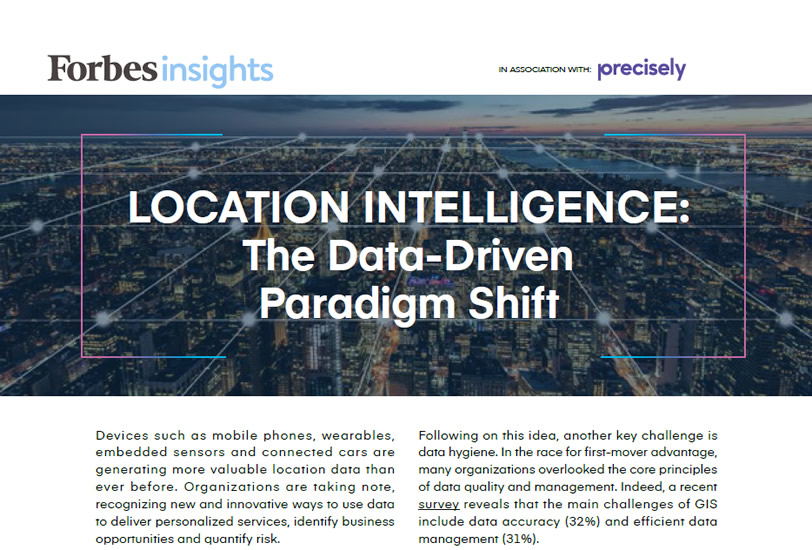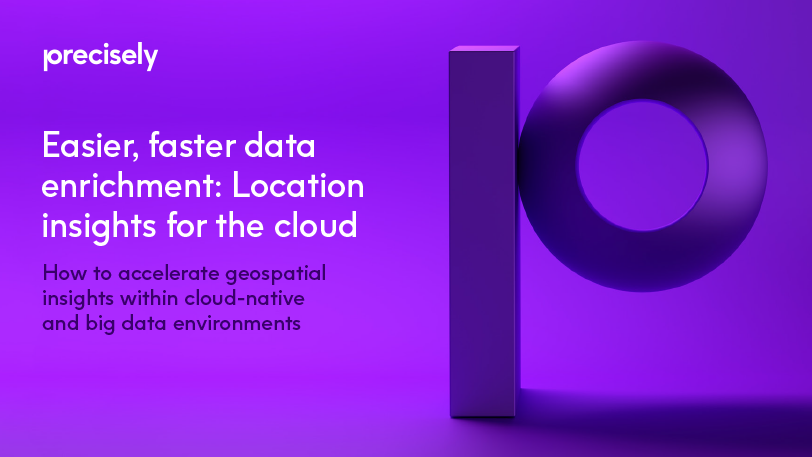
Spectrum Spatial Routing
Identify key target markets or new business locations and determine routes and catchment areas by calculating travel times and distances between points
Improve business planning
Traveling from one place to another is rarely a straight line or a direct route. Route analysis can save time and money as well as provide increased visibility to opportunities and risks.
Companies today need quality routing algorithms to:
- Enhance delivery networks
- Identify key target markets
- Determine store network locations
- Access individual care and network adequacy
- Assess a location’s risk by its distance to emergency services.
Benefits
Improve networks
Increase efficiencies with improved delivery times, fuel conservation, and reduced vehicle wear

Optimize site selection
Determine the best business-network locations based on catchment areas

Market planning
Identify key market areas that can be reached within a desired drivetime or distance

Understand risk
Assess a location’s risk by its accessibility to emergency services

Understand point to point routing context.
Achieve efficiencies with reliable routing
Time is precious, as is minimizing travel costs. Route optimization is essential to determine the shortest path between multiple locations. Spectrum Spatial Routing, a module available alongside Spectrum Spatial, will improve delivery times, conserve fuel, and reduce vehicle wear by identifying the shortest distance and/or fastest times between locations.
The difference between real-world travel distance/times and a straight line can be considerable. Spectrum Spatial Routing considers physical barriers such as rivers or mountains, as well as sparse transport networks in rural areas when creating viable route options.
Do you need to identify the most efficient route to visit multiple locations? Or make a plan for multiple vehicles visiting multiple locations? Create and rapidly test route options using Spectrum Spatial Routing, our APIs, and Spectrum Routing for Big Data, to calculate point-to-point and multi-point travel directions by various travel modes.
Calculate travel boundaries with drivetimes and distances
Travel boundaries help you to increase efficiency and provide information for site selection, identifying target markets and service eligibility.
For example, potential customers living within a 5-minute drivetime area, or catchment area, may be more likely to visit a retail location, which therefore could be a good target for marketing activities.
Spectrum Spatial Routing calculates travel boundary isochrone / isodistance polygons to help your organization determine reachable areas within a desired time or distance along a travel network. Adding this context to your analysis enables you to increase efficiency and make better decisions while targeting markets and determining service eligibility.

Harness the power of big data/cloud-native environments
Routing catchment analysis requires substantial processing power.
Whether you’re managing your business data for augmented analytics or supporting mission-critical business processes, Spectrum Routing for Big Data works natively in big data environments. It allows you to use the power of big data/cloud-native environments to deliver a fast and scalable solution.
Using container technology, such as Kubernetes and Spark cluster deployment, Spectrum Routing for Big Data can efficiently scale as your needs increase to support cloud native environments. It processes data where it resides, so you can realize the full benefit of your distributed processing environment in a fraction of the time.
You can also provide context to your business data by simultaneously geo-enriching millions of locations with catchment areas such as:
- Multiple drivetimes (1, 2, 5, 10-minute drivetimes)
- Drive-distance variables (1, 2, 5, 10-mile driving distances).
Together, these capabilities help to organize, manage, analyze and visualize big data in ways that yield actionable insights.



